T4K3.news
Cosmic Grapes Galaxy Reveals Clumpy Star Formation
Astronomers use gravitational lensing and advanced telescopes to map a distant galaxy’s interior clumps.
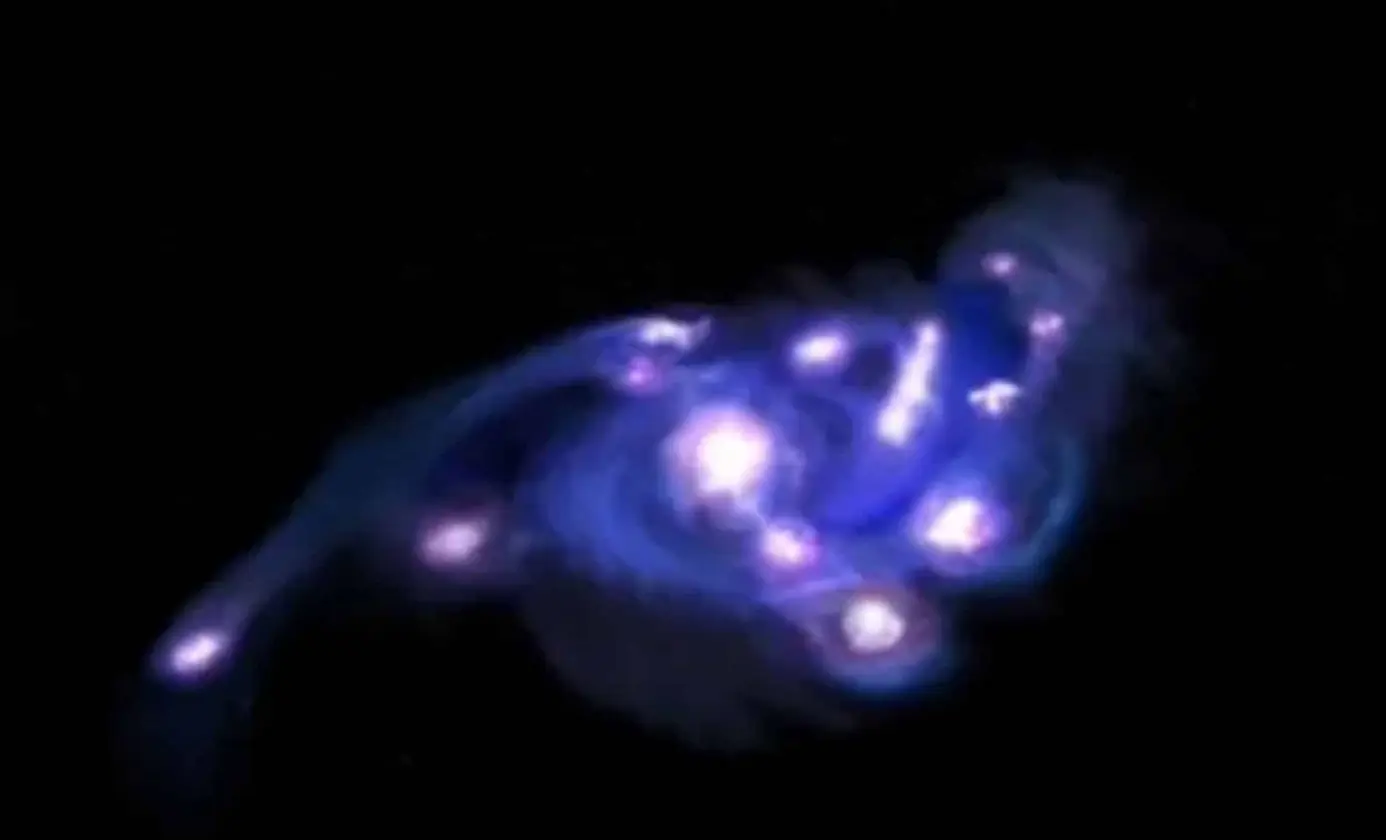
Astronomers reveal a distant galaxy nicknamed Cosmic Grapes with strong lensing, showing dense star formation clumps that challenge early galaxy formation models.
Cosmic Grapes Galaxy Reveals Clumpy Star Formation in the Early Universe
A study in Nature Astronomy details a distant galaxy nicknamed Cosmic Grapes that lies behind a massive foreground cluster. The light from the galaxy is strongly magnified by gravitational lensing, allowing researchers to map its interior with unprecedented detail. The team, led by Seiji Fujimoto, combined observations from the Hubble Space Telescope, ALMA and the JWST near infrared images to study the galaxy’s inner structure.
The researchers report that the young starlight in some early galaxies is dominated by several massive, dense, compact clumps rather than a single smooth distribution. This finding challenges older models of galaxy formation and suggests that early growth could be more chaotic than previously thought.
Key Takeaways
"This object is known as one of the most strongly gravitationally lensed distant galaxies ever discovered."
Describes the subject of the study
"Our observations reveal that some early galaxies’ young starlight is dominated by several massive, dense, compact clumps rather than one smooth distribution of stars."
Key finding on clumpy star formation
"Thanks to this powerful natural magnification, combined with observations from some of the world’s most advanced telescopes, we had a unique opportunity to study the internal structure of a distant galaxy at unprecedented sensitivity and resolution."
Method and reach of the study
"This finding challenges long-standing theories about galaxy formation."
Implications for theory
Gravitational lensing acts like a time machine, letting scientists observe distant objects with much higher resolution than usual. This study shows that the early universe may be more fragmented, with clumps driving the evolution of galaxies. Still, one case does not rewrite a field; lensing magnifies a specific path through space, so broader surveys are needed to see how common this pattern was.
Highlights
- Dense clumps define the dawn of galaxies
- Gravitational lensing turns faint light into a map of the past
- The early universe shows chaos not a smooth glow
- Sharper eyes reveal a fragmented birth of structure
The cosmos keeps offering surprises as our instruments sharpen.
Enjoyed this? Let your friends know!
Related News
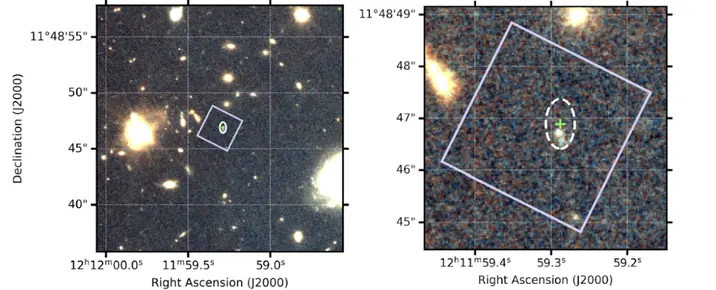
FRB Reaches Cosmic Noon
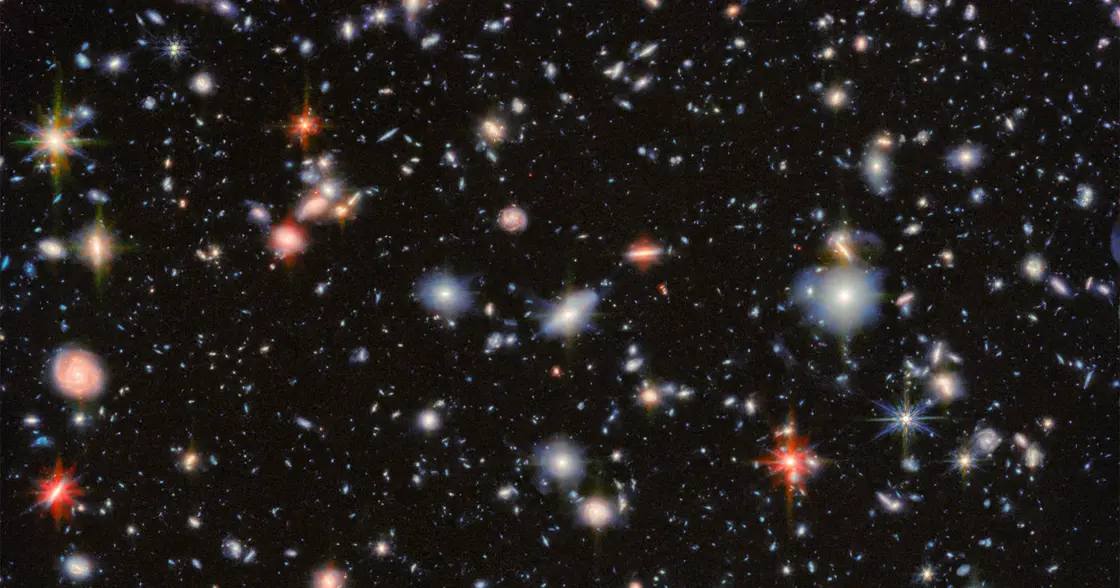
Webb captures new image of Hubble's deep field
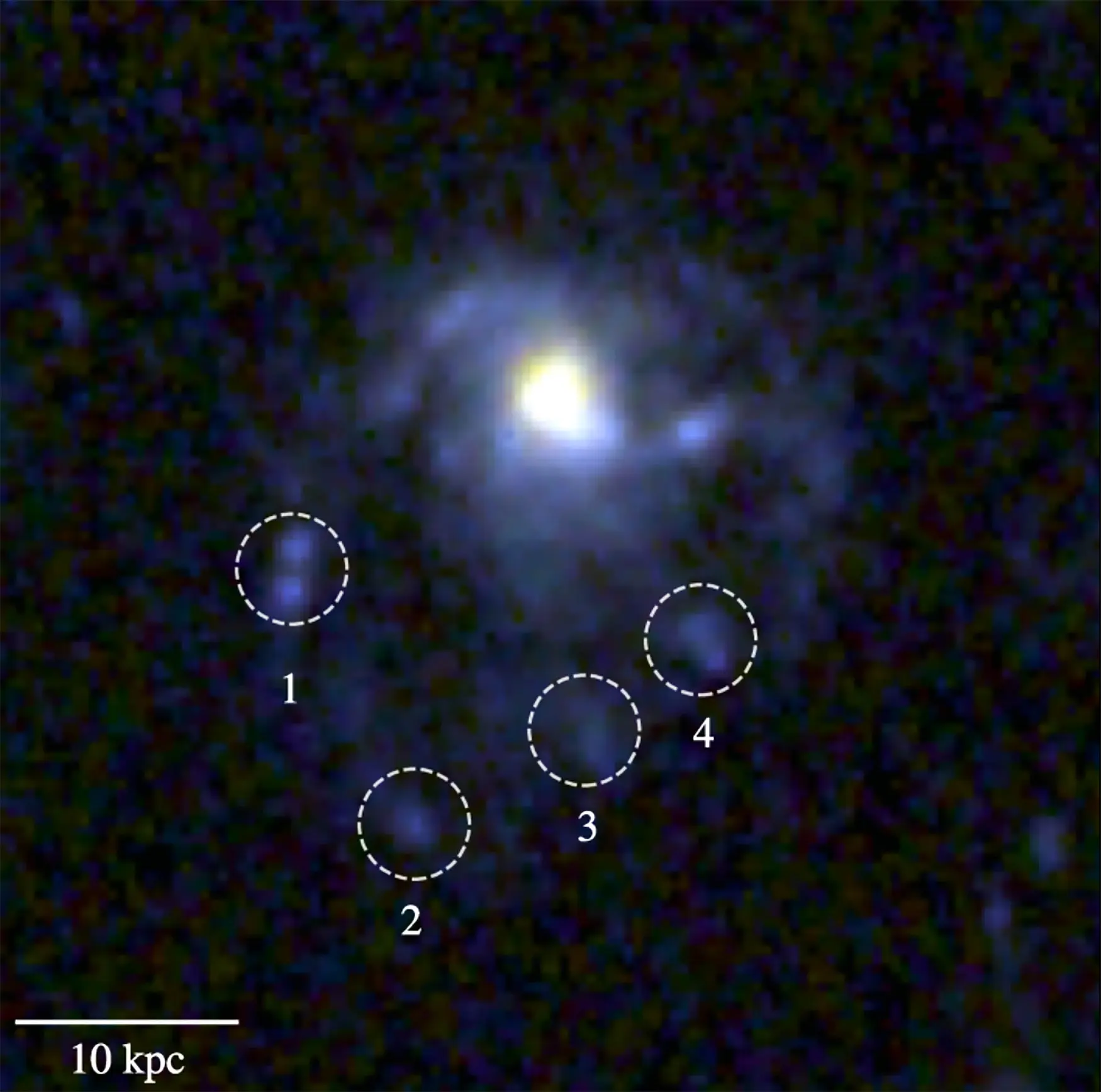
Webb spots distant jellyfish galaxy
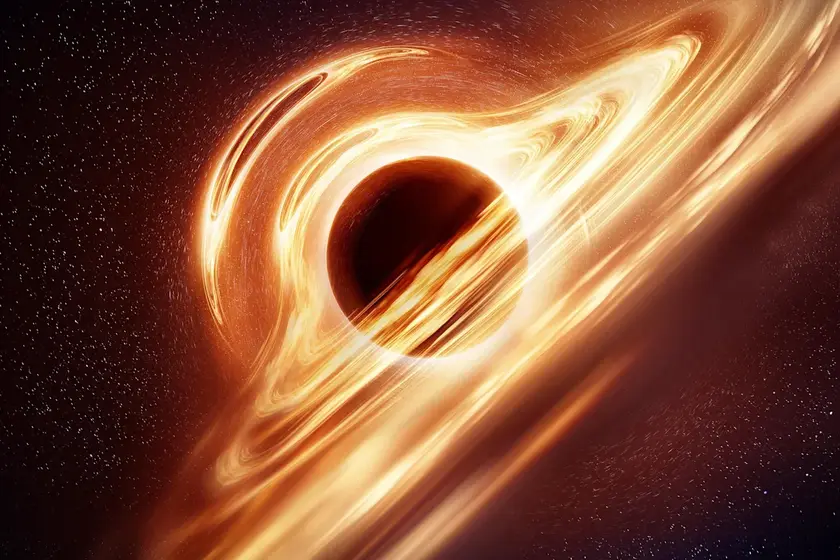
James Webb Telescope may have found early cosmic light sources
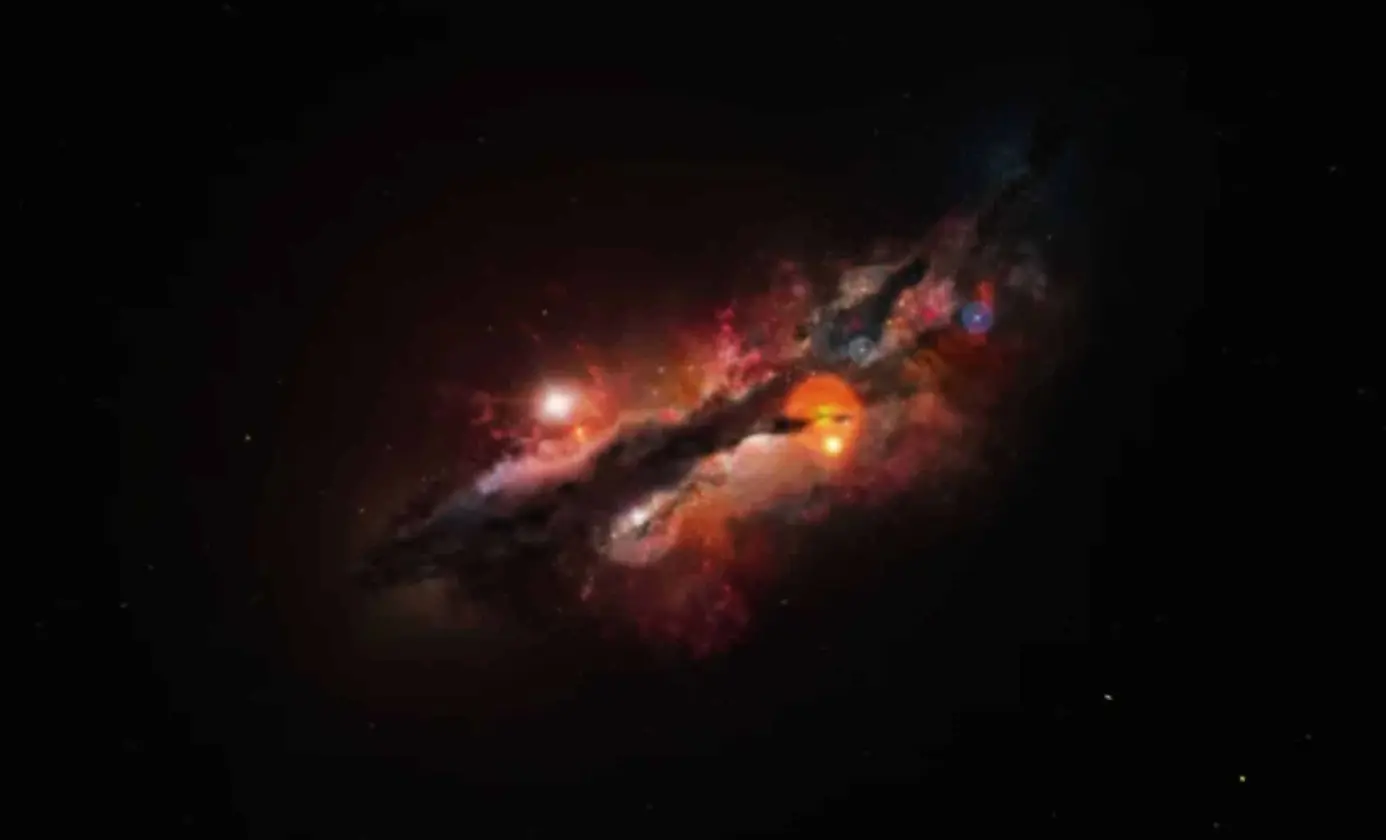
Oxygen Detected in Ancient Galaxy
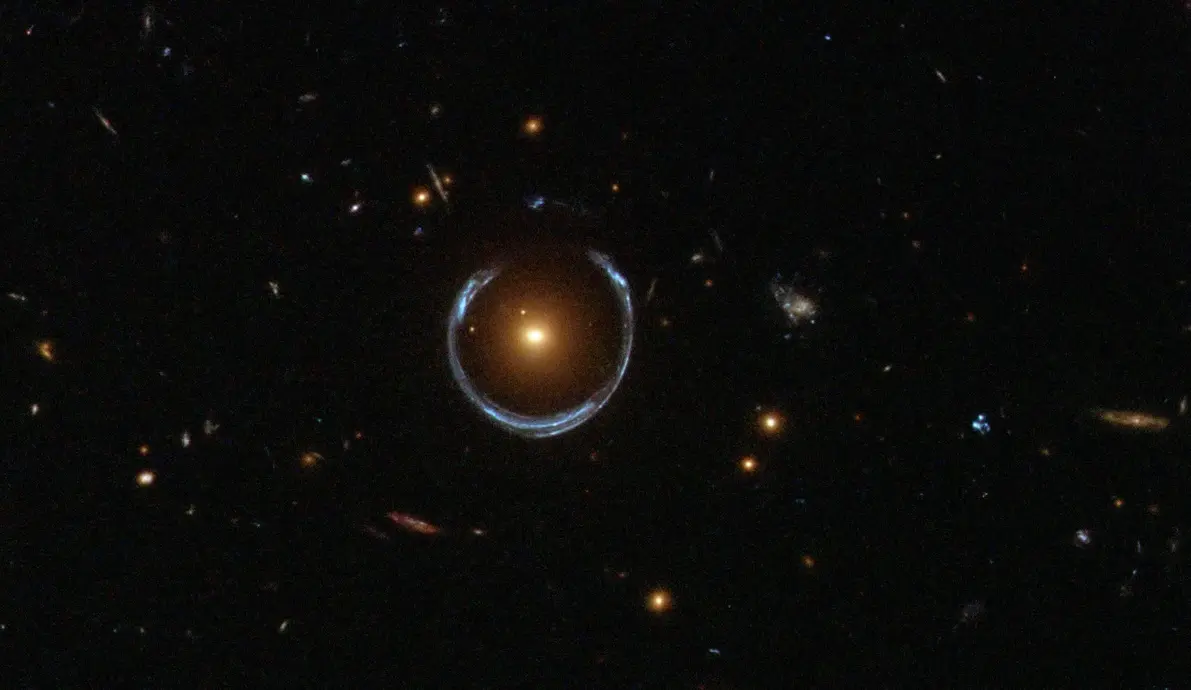
New black hole discovery made with mass of 36 billion suns
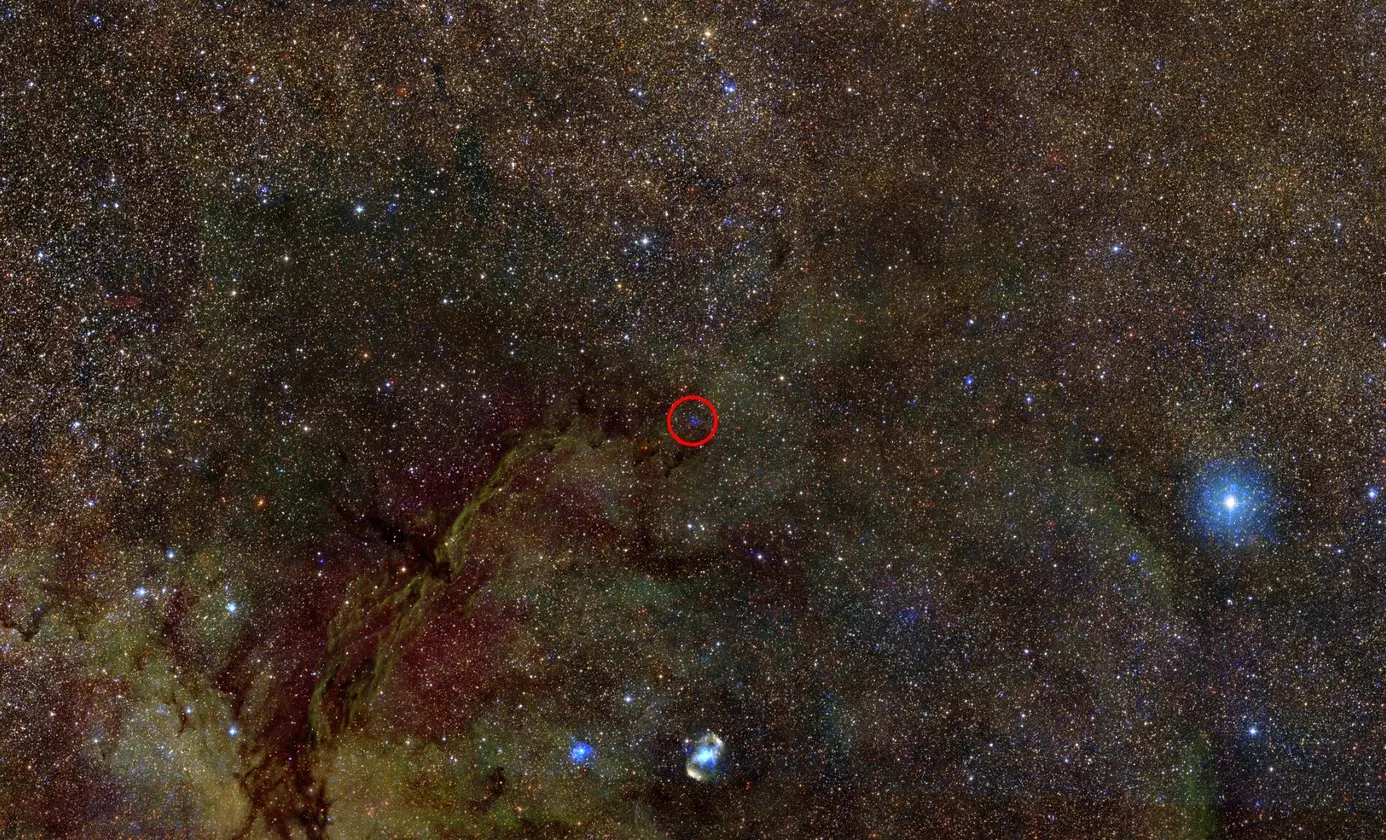
XRISM Uncovers Sulfur in Gas and Solid States

Astronomers capture first evidence of supermassive black hole formation
